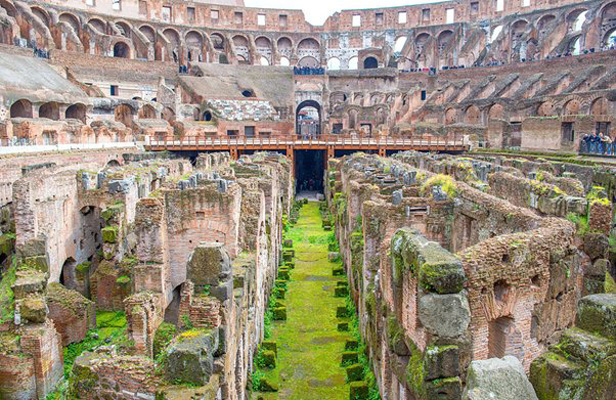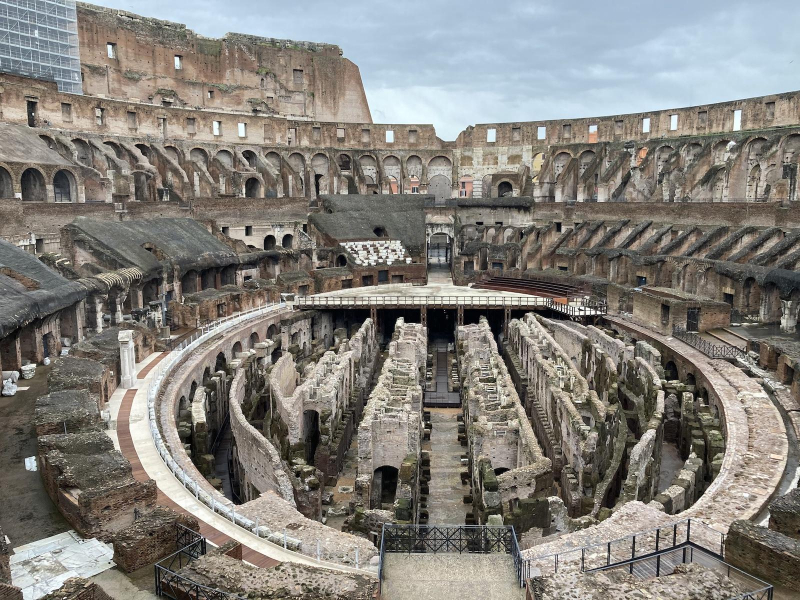Botanical Studies
Colosseum is used for botanical studies. In the 20th century, Roman rulers were affected by the gardening trend of the upper class, he had a blue fingers and began to grow roses and other strange flowers between the ruins, the place of development. Prosperity in spring waters. Therefore, Colosseum has become a place unlike anywhere else, not only showing its birth and decline but also showing history from the brutal destruction to the lavish fruit. Nowadays, it is open to tour guides and visitors can see 1,000 types of plants growing on old walls.
It is not clear how many of these species have come there, but a talk by Edward Salisbury, Director of Royal Botanical Garden in Kew during World War II, can clarify this. Discussing the riots of wildflowers that appeared after the Blitz match, he talked about how Rosebay herb can dissipate 80,000 seeds during the time it flew up to the sky 20 meters, showing the ability of the grain The spread of wind is huge. Therefore, these botanical studies are also interesting facts you might not know about the Colosseum will bring unique and creative discoveries for everyone.












